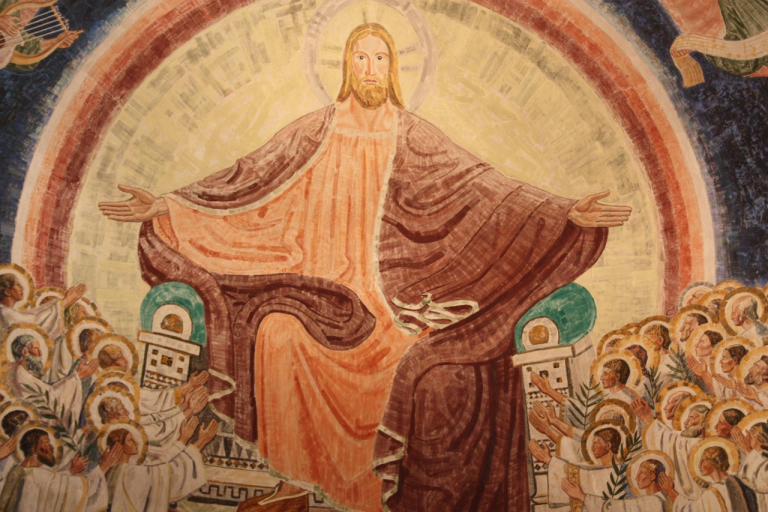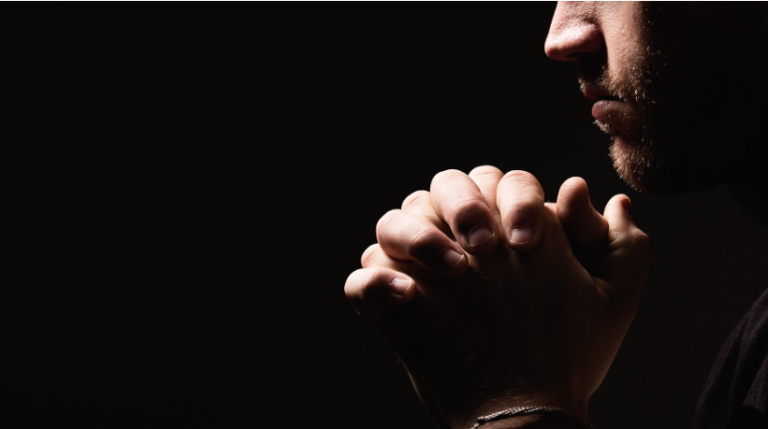‘Lord, Do It Again’: Tim Keller’s Insights on Revival

In 1970, when I became a Christian at Bucknell University, the small InterVarsity group I joined had only 5 to 15 people attending at different times during my first two years there. Then, during my junior and senior years, the number of attendees suddenly increased tenfold, and many people were converting to Christianity. This was long before the era of cell phones, social media, and even answering machines. There was no organized campaign, no use of media, and we scarcely even used the term “movement.” There was no top – down coordination or committees involved; it all seemed to happen spontaneously.
I graduated from college with a desire to enter the ministry and went on to Gordon – Conwell Seminary. In the fall of 1972, church historian Richard Lovelace taught a course titled “The Dynamics of Spiritual Life” for the first time. The course summarized his research on revival, and having studied the Awakenings, he presented findings that largely described the events I had witnessed on my college campus. It was a real eye – opener for me.
After graduating from seminary, I began my ministry at a Presbyterian church (PCA) in a small town in Virginia when I was 24. I served there for nine years, and then I taught at Westminster Seminary for five years.
In 1989, we went to New York City to plant Redeemer Presbyterian Church. Just five to six months after our arrival, from early 1990 to late 1991, a similar phenomenon occurred. I witnessed the same dynamics as I had in college. Despite being in the middle of Manhattan at a time when people were leaving due to high crime rates, and starting from scratch without the advantage of church shoppers, our church grew to about 1,000 attendees within two years. I don’t think people came to our church because of my preaching skills, as I’m a better preacher now. Also, we weren’t a well – organized church with a large staff. I believe what we experienced was what has been historically referred to as “revival.”
There are various definitions of revival. One is what I call the “frontier definition,” which views revival as a period of extremely energetic evangelistic efforts. When I moved to the South in the 1970s, I was a young, newly converted Christian with a mainline Lutheran background. I was quite surprised to see churches advertising “Revival: April 21–27.” I wondered how they could be so certain it would happen during those specific dates and what was so special about those days compared to April 28.
Another approach is the Pentecostal one. The Pentecostal – charismatic view, which is quite prevalent in the global church, includes church growth in general but places particular emphasis on the extraordinary gifts of the Holy Spirit.
Based on my study of history, the Bible, and my own experiences, I’ve come to define revival as the intensification of the ordinary operations of the Holy Spirit. The Holy Spirit’s ordinary operations include conviction, conversion, assurance, and sanctification. When these operations are heightened across a church, denomination, city, or country, revival takes place. When revival occurs, typically three things happen:
- Sleepy Christians Are Awakened: When the Holy Spirit starts working, it brings about repentance and assurance. Ordinary Christians often lack a deep sense of conviction about their sin and thus don’t experience a strong assurance of God’s love. But when the Spirit testifies to our spirit and assures us of God’s love and our standing in Christ, it wakes up those Christians who have been going through life without much spiritual awareness.
- Nominal Christians Are Truly Converted: Revival also leads to the conversion of those who are only nominally Christian. Churches are filled with people who think they’re Christians because they’re baptized, are members, or may even hold positions in the church. However, during a revival, many of them realize they never truly understood what it means to be saved by faith and come to a genuine conversion.
- Non – Christians Come to Faith: Churches grow during revival periods. Many people in the community start believing in Christ. This is partly because when sleepy and nominal Christians change, the church becomes more attractive. The awakened Christians reach out to their neighbors, and the news of the church’s transformation spreads. Some people come out of curiosity, while others are brought in by their Christian friends.
There are several marks that indicate a revival:
- The Gospel Is Rediscovered: Revival often involves a rediscovery of the gospel. The gospel is believed and shared in a new, vibrant way, and it is rescued from the extremes of legalism (the belief that salvation is by works) and antinomianism (the belief that once saved, how one lives doesn’t matter). The true gospel is that we are saved by faith alone, but this faith is not a passive one; it leads to a life of holiness. Revival usually happens when a church refocuses on the gospel, either moving away from a strict, joyless conservatism or recovering from a liberalism that doesn’t fully believe in key Christian doctrines like the atonement, hell, or the need for Jesus to appease God’s wrath.
- Repentance Becomes the Norm: Repentance is a significant aspect of revival. For example, in the early 20th – century revival in Pyongyang that led to the growth of the Korean church, repentance was a major factor. In some towns where many business owners were Chinese, Korean Christians who had an awakening during the revival confessed to cheating or robbing these owners, showing true repentance.
- Corporate Worship Is Anointed: Another mark of revival is anointed corporate worship. This doesn’t just mean public confession; it means that non – Christians and everyone present can sense God’s presence. As described in 1 Corinthians 14, when a nonbeliever enters a worship service and feels God’s presence so powerfully that they exclaim “God is truly here,” that is a sign of anointed worship and revival.
- Disciples Multiply: Revival always leads to church growth. While a church can grow without revival, revival cannot occur without some form of church growth. When God is at work, people can’t help but share the gospel with their friends.
I haven’t provided methods for revival because it’s difficult to prescribe a one – size – fits – all approach. Looking at history, different revivals had different methods. For instance, the 18th – century Great Awakening with John Wesley and George Whitefield used outdoor preaching, while the 1857 – 1859 revival in downtown New York was driven by noontime, lay – led prayer meetings. Once a revival method has been successful, it’s hard for people to move away from it, but God often uses different means to bring about revival. Ultimately, it’s God who has to intensify the Holy Spirit’s normal operations, often through some form of cultural upheaval. We should pray for revival and be open to whatever God chooses to do.
Q&A on Revival
- Is revival an offshoot of ministry like pro – life work?
Our main focus in the church is to see people convicted of sin, converted, and growing in their enjoyment of Christ and holiness. Pro – life work is a good work, but it’s an offshoot. True good works come from faith, and revival, which is about the core of our ministry, leads to such good works. - What did revival look like in New York City?
At Redeemer, we had people from other churches joining us, but we also saw some remarkable conversions. In New York, with its large number of single people, it was easier for them to invite others to church. When sleepy and nominal Christians woke up, they became bolder and humbler in reaching out to their neighbors. The transformed Christians brought in a lot of non – Christians, and we saw a significant number of conversions in the first 18 months. - Is revival for the parachurch or the local church?
Revival can happen in a parachurch. In the First Great Awakening, outdoor preaching was used because churches closed their doors to itinerant preachers. Converts joined “volunteering societies,” and over time, it either renewed local churches or, in Wesley’s case, led to the start of a new denomination. However, there were concerns that the Awakenings weakened the local church, although in the long run, the First Great Awakening strengthened it. - How do you help those who have experienced revival and long to experience it again?
We need to trust God to bring about revival. It’s the Holy Spirit’s work, and we shouldn’t try to force it or tell the Holy Spirit how to do his job. Jonathan Edwards believed that revivals often have some element of falseness, like pseudo – experiences or over – enthusiasm, but that doesn’t mean we should discredit the entire revival. - Does cessationism hinder revival?
As a moderate cessationist, I think some aspects associated with cessationism, like a fear of experience, can potentially stop revival. Reformed people, who often fear experience and prefer logical arguments, may inadvertently suppress revival, but cessationism itself may not be the sole hindrance. - Would you be willing to share methods for revival?
Reformed people admire the First Great Awakening’s preaching style that brought conviction. However, different churches have seen fruit from different methods. Some have focused on extraordinary prayer for years and witnessed positive changes in people’s lives. Revival is like an avalanche; it can start with a few small changes, like awakened Christians and conversions, and with the support of extraordinary prayer, it can grow into something much larger.





